|
Painting with Gouache- my method. Gouache is a thick opaque watercolour paint used by artists and designers. (there is also acrylic gouache, but I will talk about that in a different post, it is great, but it acts differently and you don't want to mix them together) Gouache dries to a flat opaque matte finish (if you want it to) and you can overpaint it. If you are careful the new colour won't lift off/mix with the underneath one- great for someone like me who makes mistakes/ changes their mind… You can paint light colours over dark colours too, which is very useful. Gouache comes in tubes, or sometimes jars, and you just squeeze a small amount out on to a palette or plate, or my favourite, a shiny postcard- I'll tell you why later. *Gouache Brands and colours. I like Winsor and Newton Designer's Gouache mostly, excellent quality, but I also buy some tubes from other manufacturers, to get a wider selection of colours - I like Holbein Artist's Gouache (especially for turquoise) and Shinhan Pass has some great colours, Horadam by Schmincke, or Lascaux. (I buy my art materials from Jacksons, there is an affiliate link in the sidebar) If you haven't used gouache before, starter sets are an economic way to begin, they are cheaper than buying individual tubes, but they have a set range of colours. Or you could just buy one or two tubes of colours you like to practise. When I left college, (textile design) I only had about five colours, of the range of textiles I did in my final collection- you don't have to have every colour. When choosing colours, bear in mind that anything marked 'fluorescent' will look wonderfully bright, but won't scan and reproduce that colour, so maybe best to avoid. They are tempting though... I prefer Permanent White even for mixing, though I think some people use zinc white, so I buy a big tube of that, and a small Jet Black (some blacks are a bit too 'warm' for my liking, I like a cold bluish black) Paint Palettes for Gouache. If you use a special palette, with little round holes in it for paint, you might find that you waste paint as you are mixing it - it is tempting to just fill the hole with paint, and you might not need that much so it's a waste. A flat white plate or ceramic tile or the rectangular porcelain sloping palettes are best for gouache, as it is thick, it doesn't run away.I don't like the plastic palettes as they get scratched and stained. If I am painting a large area, and/or I might need more of the exact same mix later, I mix the paint in one of those tiny little one portion jam jars - with the lid on, the paint will stay fresh for a couple of weeks. You can also reuse small plastic food tubs. Also bear in mind that If you use a plate or palette, you eventually have to wash it, and the paint goes down the sink, so I think a postcard is better, just throw it away when you’re done. Mixing Gouache. Wet a paintbrush - I like no.6 round acrylic for mixing, painting in larger areas- Mix the blob of paint you've squeezed out until it’s like cream, add a little water at a time, unless you want to make a wash and use it like watercolour. You can add small amounts of another colour to get the colour you want, adjusting until you like what you get. Sometimes I like to use the paint just as it is, straight from the tube no mixing - I find it easier to just buy a green or turquoise the shade I want rather than mix my own- but if you just want to 'knock back' a colour - take it down a notch, add a tiny brush tip's worth of the OPPOSITE colour, will just soften it. By this I mean opposite on the colour wheel - so blue/orange yellow/purple, red/green. (Colour theory is fascinating, but a bit distracting when you just want to get on and PAINT) Once I've got the paint mixed, I paint the areas I want with this and often some other bits on the artwork just to use up the paint on my brush - I like a patchy finish not flat colour - and if I change my mind I can go over it later. Fixing Mistakes When a piece of artwork is underway, I might get a clean wet brush and 'paint' over certain bits that I've already painted, then drop a bit of a different colour on to that area. If you have an area of paint that you aren't happy with you can lift off the colour - apply some water with a clean brush, and dab it with some paper tissue- you might have to this a few times but often you can get right back to the original paper colour this way, be careful not to roughen the surface of the paper though. Old Paint Even when your gouache paint has dried up-maybe because you haven't used it for a while - it’s ok you can reconstitute it, like watercolour. You can use a clean wet brush to dip inside the tube, and use it that way. If it's not too far gone, and you can feel some soft paint further down the tube,drop a few drops of water inside the tube, put the lid on again and leave it for a while, that can re soften the paint enough to squeeze past the dried up bit at the top. Here’s a video of me painting. **** https://www.instagram.com/reel/CcA1NKygH8U/?utm_medium=copy_link
0 Comments
Leave a Reply. |
AuthorJo Brown, Illustrator. Archives
February 2024
Categories
All
Want to see which books I recommend?
My affiliate bookshop on bookshop.org is here I buy most of my art materials at jacksonsart .com - affiliate link here, you get 10% off first order.
|
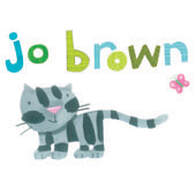
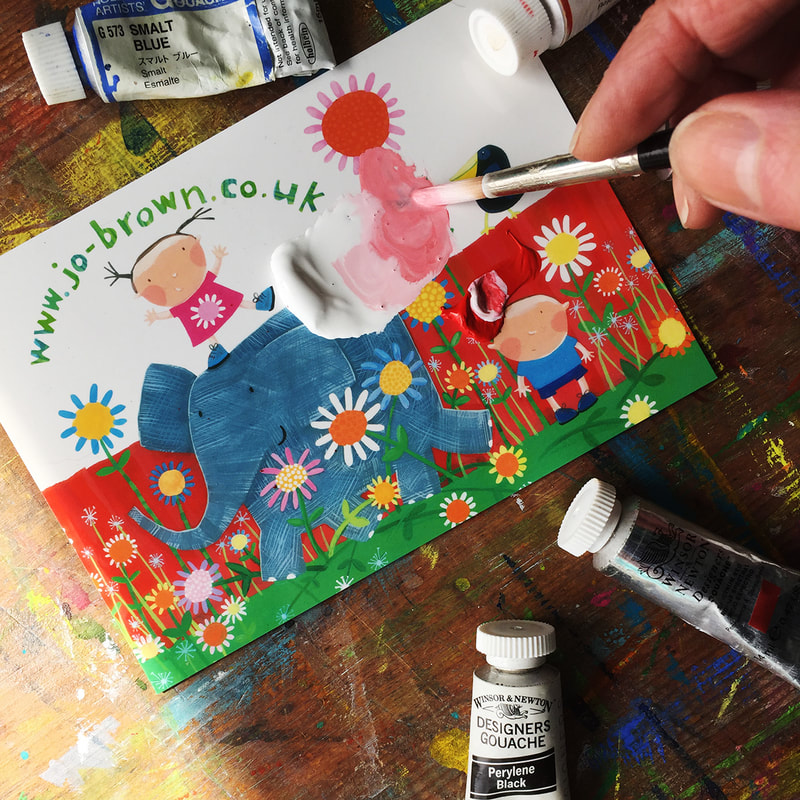
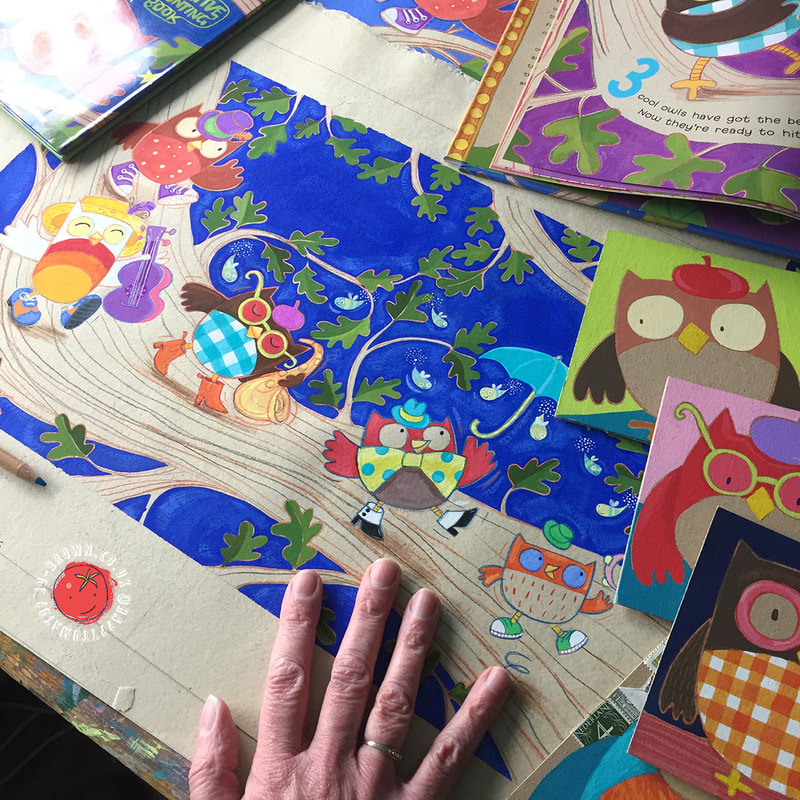
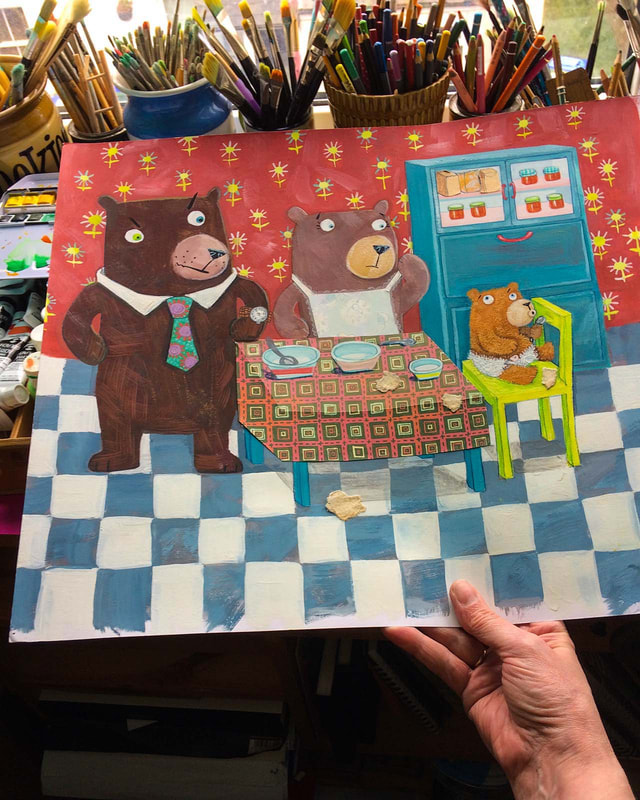
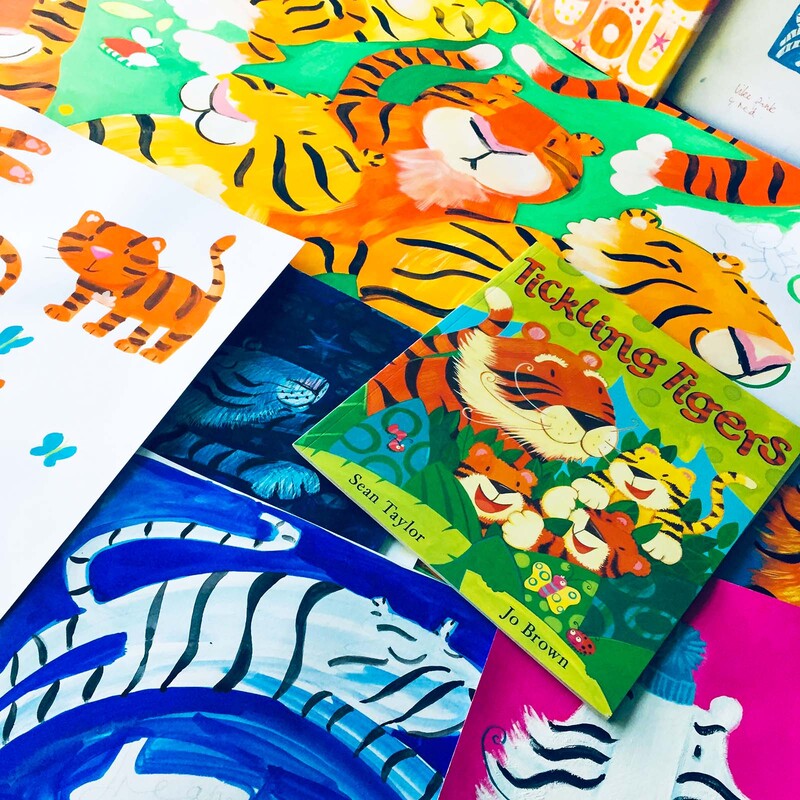
 RSS Feed
RSS Feed

